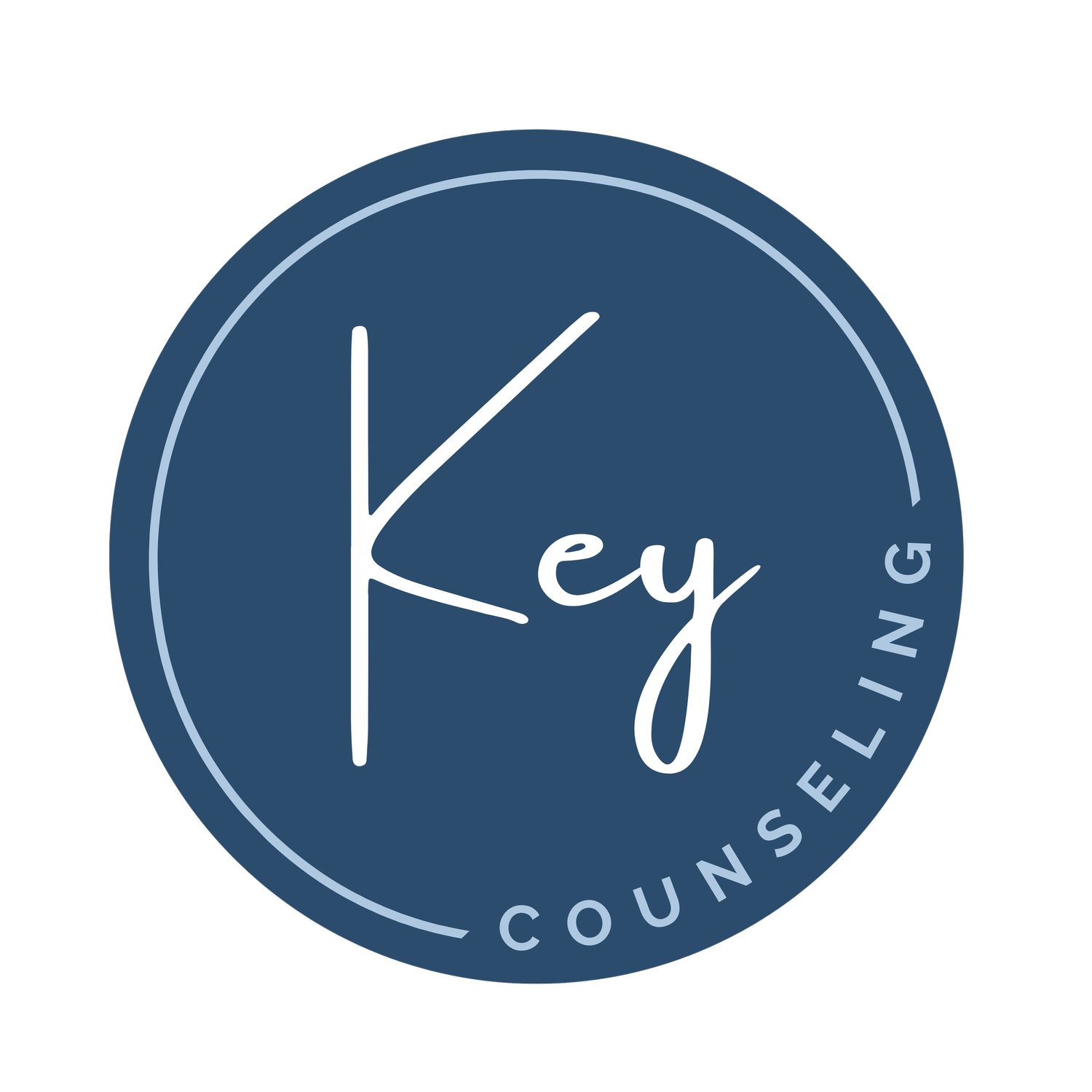ADHD in Adults: 6 Symptoms Commonly Missed
When most people think of ADHD, they picture a hyperactive child who can’t sit still in a classroom. But attention-deficit/hyperactivity disorder doesn’t magically disappear with age. For many adults, it was never recognized in childhood at all. Instead, they grow up internalizing struggles, labeling themselves as lazy, scattered, or overly emotional, without realizing these challenges are rooted in a neurological condition.
Here are some of the most commonly missed symptoms of ADHD in adults and why they often fly under the radar.
1. Emotional Dysregulation
One of the most overlooked symptoms of adult ADHD is difficulty managing emotions. Adults with ADHD may have intense emotional responses to everyday stressors. This can look like anger that feels out of proportion, anxiety that spikes quickly, or a deep sensitivity to criticism.
This isn’t just being “too emotional” or “overreacting.” It’s a brain-based difficulty with regulating emotional intensity and returning to baseline after a stressful event. Because emotional regulation isn’t one of the official diagnostic criteria for ADHD, it often goes unrecognized, though it can significantly impact relationships, work, and self-esteem.
2. Restlessness and Internal Hyperactivity
Unlike the physical hyperactivity seen in kids, adults with ADHD often experience a more internal sense of restlessness. You might feel constantly “on,” have trouble relaxing, or feel like your mind is always racing. You may jump from one task to another or struggle with sitting through a meeting or a quiet evening.
This type of restlessness can be easy to dismiss, since it doesn’t look disruptive from the outside. But internally, it can be exhausting and make it hard to be present, focus, or feel calm.
3. Executive Dysfunction
ADHD is fundamentally a disorder of executive functioning. This is defined as the mental skills we use to manage time, plan ahead, organize, and stay on task. Adults may struggle with things like:
Starting or finishing tasks
Managing their deadlines
Organizing daily life
Keeping track of important items or appointments
These challenges often get mistaken for laziness or irresponsibility. In reality, they reflect real neurological differences that make planning and follow-through more difficult.
4. Chronic Procrastination
People with ADHD often experience what’s known as “time blindness.” They have a hard time sensing the passage of time or estimating how long something will take. This contributes to chronic procrastination, which isn’t about being careless, but rather struggling to begin tasks without an immediate deadline.
In fact, many adults with ADHD do their best work in a panic-fueled sprint at the last minute. This “urgency mode” kicks the brain into gear, which gives them for intense focus and productivity. While this might seem like a quirky productivity style, it often leads to burnout and inconsistent results over time.
5. Impulsivity
Impulsivity in adults may not show up as blurting out answers in class—it can be more subtle, like saying things in the heat of the moment, making snap decisions without thinking things through, or spending money impulsively. Often, a person later regrets these actions.
6. Masking and Overcompensation
Many adults with ADHD, especially women, develop sophisticated coping strategies to hide their symptoms. This might look like being obsessively organized, working twice as hard to meet deadlines, or over-preparing to avoid mistakes.
While these strategies may create the appearance of competence, they often lead to mental health issues like anxiety and burnout. Because they seem “fine” on the surface, these adults are less likely to be diagnosed.
Getting Help
If you see yourself in these symptoms, you’re not alone. Many adults feel a huge sense of relief after learning they have ADHD. What once felt like character flaws can now be understood as part of how your brain is wired. Adults with ADHD can learn to cope with their symptoms through therapy. Reach out to us today—together we can help you live purposefully, productively, and emotionally secure.


